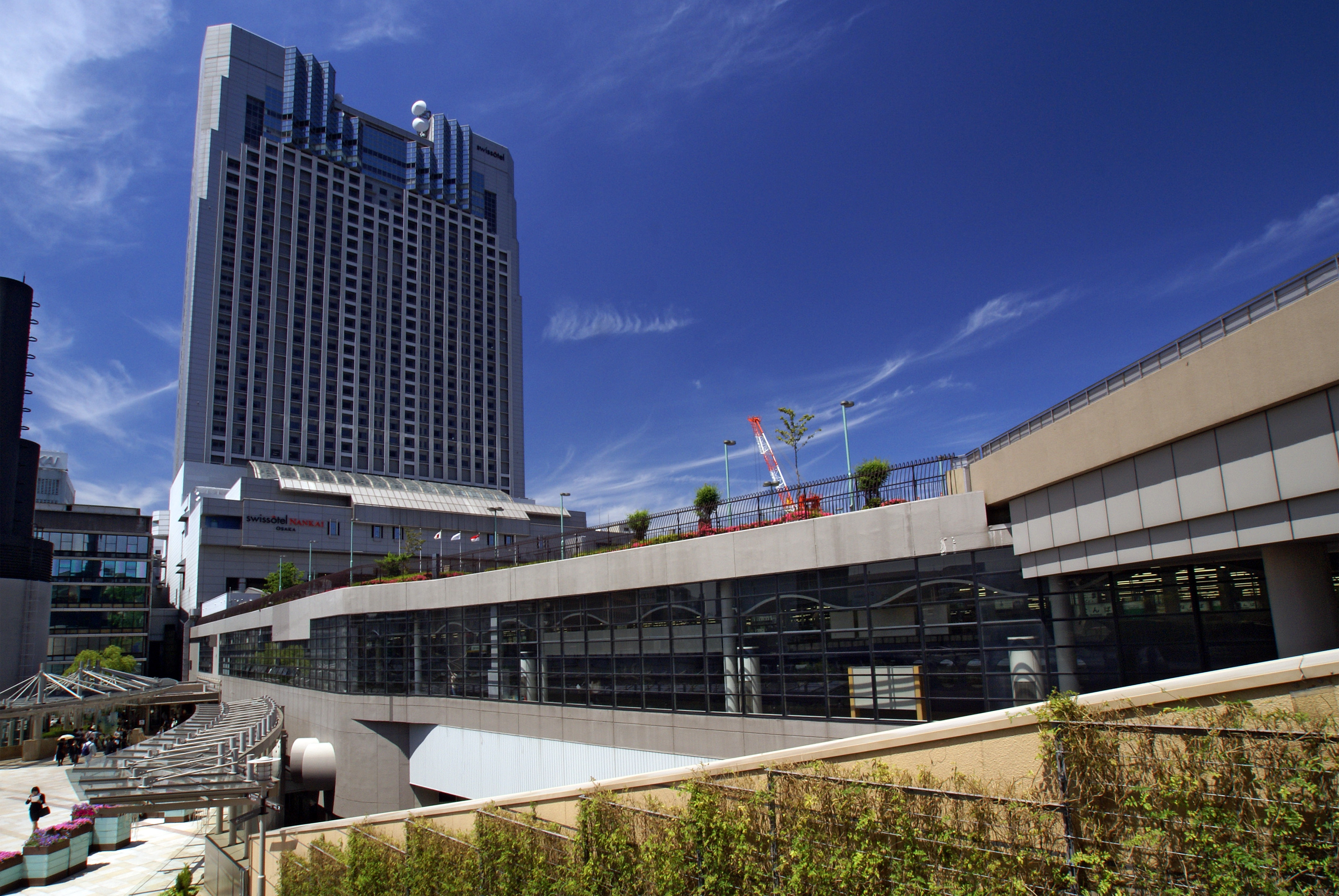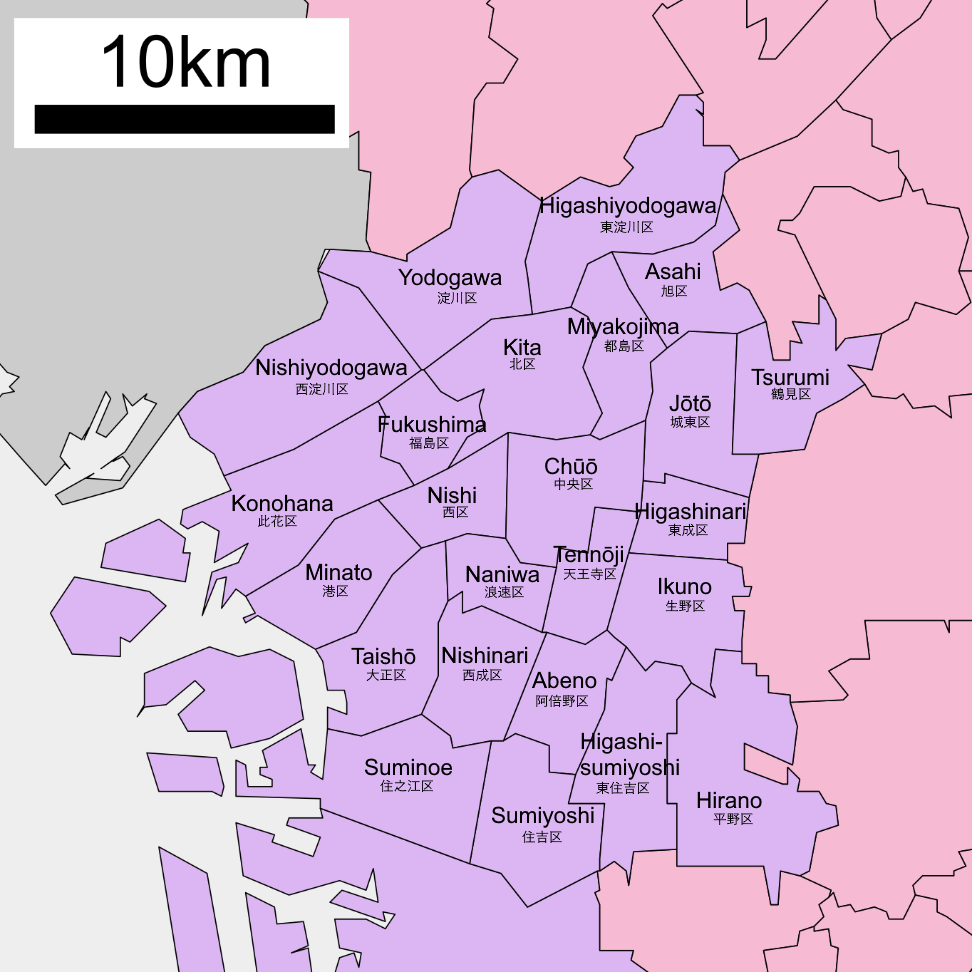|
Haginochaya Station
is a railway station operated by Nankai Electric Railway Co., Ltd. in Nishinari-ku, Osaka, Osaka Prefecture, Japan. Line *Nankai Electric Railway (NK04) ** Kōya Line Layout Haginochaya is an elevated station with one island platform serving the two easternmost tracks of the four-track right-of-way. Strictly speaking, it belongs to the Nankai Main Line The is one of the two main railway lines of Japanese private railway company Nankai Electric Railway, together with Kōya Line. The route is from Namba Station in south downtown of Osaka to Wakayamashi Station in Wakayama via Sakai, Izumiōtsu ..., but only local Koya Line trains stop here. Adjacent stations , - !colspan=5, Nankai Electric Railway (NK04) References External links *Haginochaya Stationfrom Nankai Electric Railway website Railway stations in Japan opened in 1907 Railway stations in Osaka Prefecture {{Osaka-railstation-stub ... [...More Info...] [...Related Items...] OR: [Wikipedia] [Google] [Baidu] |
Nishinari-ku, Osaka
is one of the 24 wards of Osaka, Japan. It contains some shopping and entertainment areas, such as Tamade. It lies directly south of the Namba transport hub and extends further south toward Sumiyoshi Park. It is served by the Nankai Railway lines as well as the Yotsubashi and Sakaisuji subway lines. Nishinari-ku is also home to a number of ''shitamachi'' ("lower-town") shopping streets, increasingly a rarity in fast-developing urban Japan. Kamagasaki in Nishinari-ku is home to many day-laborers and most of the homeless people in Osaka. Crime and safety Nishinari has a historical reputation for being "sketchy and dangerous", but it is currently undergoing gentrification. Two designated yakuza groups, the Sakaume-gumi and the Azuma-gumi, are based in Nishinari. [...More Info...] [...Related Items...] OR: [Wikipedia] [Google] [Baidu] |
Osaka, Osaka
is a Cities designated by government ordinance of Japan, designated city in the Kansai region of Honshu in Japan. It is the capital of and most populous city in Osaka Prefecture, and the List of cities in Japan, third most populous city in Japan, following Special wards of Tokyo and Yokohama. With a population of 2.7 million in the 2020 census, it is also the largest component of the Keihanshin, Keihanshin Metropolitan Area, which is the List of metropolitan areas in Japan, second-largest metropolitan area in Japan and the 10th List of urban areas by population, largest urban area in the world with more than 19 million inhabitants. Osaka was traditionally considered Japan's economic hub. By the Kofun period (300–538) it had developed into an important regional port, and in the 7th and 8th centuries, it served briefly as the imperial capital. Osaka continued to flourish during the Edo period (1603–1867) and became known as a center of Japanese culture. Following the Meiji R ... [...More Info...] [...Related Items...] OR: [Wikipedia] [Google] [Baidu] |
Osaka Prefecture
is a Prefectures of Japan, prefecture of Japan located in the Kansai region of Honshu. Osaka Prefecture has a population of 8,778,035 () and has a geographic area of . Osaka Prefecture borders Hyōgo Prefecture to the northwest, Kyoto Prefecture to the north, Nara Prefecture to the southeast, and Wakayama Prefecture to the south. Osaka is the capital and largest city of Osaka Prefecture, and the List of cities in Japan, third-largest city in Japan, with other major cities including Sakai, Higashiōsaka, and Hirakata. Osaka Prefecture is the third-most-populous prefecture, but by geographic area the second-smallest; at it is the second-most densely populated, below only Tokyo. Osaka Prefecture is one of Japan's two "Fu (country subdivision), urban prefectures" using the designation ''fu'' (府) rather than the standard ''Prefectures of Japan#Types of prefecture, ken'' for prefectures, along with Kyoto Prefecture. Osaka Prefecture forms the center of the Keihanshin metropolitan ar ... [...More Info...] [...Related Items...] OR: [Wikipedia] [Google] [Baidu] |
Nankai Electric Railway
is a private railway in Japan, founded in 1884. The name ''Nankai'' (which means "South Sea") comes from the company's routes along the Nankaidō, the old highway that ran south from the old capital, Kyoto, along the sea coast. Nankai predates all the electric railways in the Tokyo region. The Nankai network branches out in a generally southern direction from Namba Station in Osaka. The Nankai Main Line connects Osaka to Wakayama, with an important spur branching to Kansai International Airport. The '' rapi:t α'' express connects Kansai International Airport to Namba in 34 minutes, while the '' rapi:t β'' takes 39 minutes with two additional stops. The Koya Line connects Osaka to Mt. Koya, headquarters of the Buddhist Shingon sect and a popular pilgrimage site. IC cards (PiTaPa and ICOCA) are accepted. History The Nankai Railway Company was founded on June 16, 1884. In 1944 it was one of the companies that merged to form Kinki Nippon Railway Co., Ltd. (Kin-nichi, prese ... [...More Info...] [...Related Items...] OR: [Wikipedia] [Google] [Baidu] |
Nankai Kōya Line
The is a railway line in Osaka Prefecture and Wakayama Prefecture, Japan, owned and operated by the Nankai Electric Railway, a private railway operator. It connects Osaka and Koyasan, the capital of the Japanese Buddhist sect Shingon, via the suburbs of Osaka, such as Sakai, Osakasayama, Tondabayashi and Kawachinagano in Osaka Prefecture and Hashimoto and Kōya in Wakayama Prefecture. To distinguish it from other Nankai Lines, the Kōya Line is indicated with pictograms of coniferous-like trees which bring to mind Mount Kōya, or with the line colour, green. For historical reasons, the line formally begins at Shiomibashi Station in Osaka and crosses the Nankai Main Line, the company's other main line, at Kishinosato-Tamade Station, though operationally it starts at Namba Station together with the Nankai Line, diverges at Kishinosato-Tamade Station and goes to Gokurakubashi Station, to connect to Koyasan through Nankai Cable Line. The section from Shiomibashi to Kishinosato ... [...More Info...] [...Related Items...] OR: [Wikipedia] [Google] [Baidu] |
Railway Station
Rail transport (also known as train transport) is a means of transport that transfers passengers and goods on wheeled vehicles running on rails, which are incorporated in tracks. In contrast to road transport, where the vehicles run on a prepared flat surface, rail vehicles (rolling stock) are directionally guided by the tracks on which they run. Tracks usually consist of steel rails, installed on sleepers (ties) set in ballast, on which the rolling stock, usually fitted with metal wheels, moves. Other variations are also possible, such as "slab track", in which the rails are fastened to a concrete foundation resting on a prepared subsurface. Rolling stock in a rail transport system generally encounters lower frictional resistance than rubber-tyred road vehicles, so passenger and freight cars (carriages and wagons) can be coupled into longer trains. The operation is carried out by a railway company, providing transport between train stations or freight customer facilit ... [...More Info...] [...Related Items...] OR: [Wikipedia] [Google] [Baidu] |
Osaka
is a designated city in the Kansai region of Honshu in Japan. It is the capital of and most populous city in Osaka Prefecture, and the third most populous city in Japan, following Special wards of Tokyo and Yokohama. With a population of 2.7 million in the 2020 census, it is also the largest component of the Keihanshin Metropolitan Area, which is the second-largest metropolitan area in Japan and the 10th largest urban area in the world with more than 19 million inhabitants. Osaka was traditionally considered Japan's economic hub. By the Kofun period (300–538) it had developed into an important regional port, and in the 7th and 8th centuries, it served briefly as the imperial capital. Osaka continued to flourish during the Edo period (1603–1867) and became known as a center of Japanese culture. Following the Meiji Restoration, Osaka greatly expanded in size and underwent rapid industrialization. In 1889, Osaka was officially established as a municipality. The construc ... [...More Info...] [...Related Items...] OR: [Wikipedia] [Google] [Baidu] |
Japan
Japan ( ja, 日本, or , and formally , ''Nihonkoku'') is an island country in East Asia. It is situated in the northwest Pacific Ocean, and is bordered on the west by the Sea of Japan, while extending from the Sea of Okhotsk in the north toward the East China Sea, Philippine Sea, and Taiwan in the south. Japan is a part of the Ring of Fire, and spans Japanese archipelago, an archipelago of List of islands of Japan, 6852 islands covering ; the five main islands are Hokkaido, Honshu (the "mainland"), Shikoku, Kyushu, and Okinawa Island, Okinawa. Tokyo is the Capital of Japan, nation's capital and largest city, followed by Yokohama, Osaka, Nagoya, Sapporo, Fukuoka, Kobe, and Kyoto. Japan is the List of countries and dependencies by population, eleventh most populous country in the world, as well as one of the List of countries and dependencies by population density, most densely populated and Urbanization by country, urbanized. About three-fourths of Geography of Japan, the c ... [...More Info...] [...Related Items...] OR: [Wikipedia] [Google] [Baidu] |
Island Platform
An island platform (also center platform, centre platform) is a station layout arrangement where a single platform is positioned between two tracks within a railway station, tram stop or transitway interchange. Island platforms are popular on twin-track routes due to pragmatic and cost reasons. They are also useful within larger stations where local and express services for the same direction of travel can be provided from opposite sides of the same platform thereby simplifying transfers between the two tracks. An alternative arrangement is to position side platforms on either side of the tracks. The historical use of island platforms depends greatly upon the location. In the United Kingdom the use of island platforms is relatively common when the railway line is in a cutting or raised on an embankment, as this makes it easier to provide access to the platform without walking across the tracks. Advantages and tradeoffs Island platforms are necessary for any station with many th ... [...More Info...] [...Related Items...] OR: [Wikipedia] [Google] [Baidu] |
Nankai Main Line
The is one of the two main railway lines of Japanese private railway company Nankai Electric Railway, together with Kōya Line. The route is from Namba Station in south downtown of Osaka to Wakayamashi Station in Wakayama via Sakai, Izumiōtsu, Kishiwada, Kaizuka, Izumisano, Sennan, Hannan and Misaki municipalities. The proper name is with the company's name, "the Nankai Main Line", not simply "the Main Line" often seen in other Japanese private railways. Lines of the Nankai Main Lane and the connecting lines excluded the Kōya Line and the Airport Line are named generically "". The line is shown with a pictogram of waves, or distinguished with blue from conifer or green Kōya Line. Route data *Line length: *Track: quadruple from Namba to Suminoe (to Kishinosato-Tamade, eastern two tracks are for Kōya Line exclusively), double from Suminoe to Wakayamashi Service types Nankai and Kintetsu are the only two private railway operators in Kansai that offer charged Limited Expre ... [...More Info...] [...Related Items...] OR: [Wikipedia] [Google] [Baidu] |
Railway Stations In Japan Opened In 1907
Rail transport (also known as train transport) is a means of transport that transfers passengers and goods on wheeled vehicles running on rails, which are incorporated in tracks. In contrast to road transport, where the vehicles run on a prepared flat surface, rail vehicles (rolling stock) are directionally guided by the tracks on which they run. Tracks usually consist of steel rails, installed on sleepers (ties) set in ballast, on which the rolling stock, usually fitted with metal wheels, moves. Other variations are also possible, such as "slab track", in which the rails are fastened to a concrete foundation resting on a prepared subsurface. Rolling stock in a rail transport system generally encounters lower frictional resistance than rubber-tyred road vehicles, so passenger and freight cars (carriages and wagons) can be coupled into longer trains. The operation is carried out by a railway company, providing transport between train stations or freight customer facili ... [...More Info...] [...Related Items...] OR: [Wikipedia] [Google] [Baidu] |





